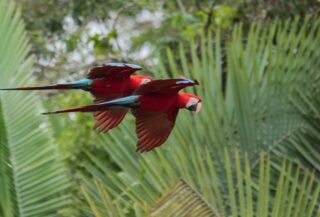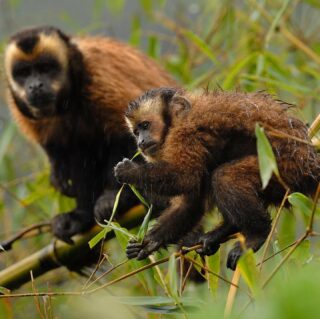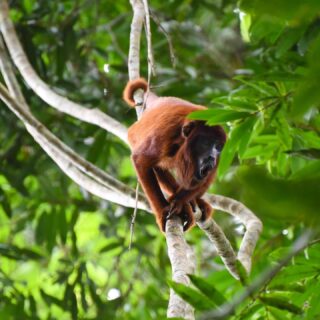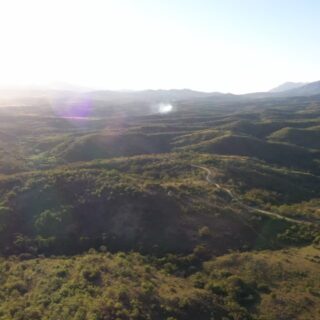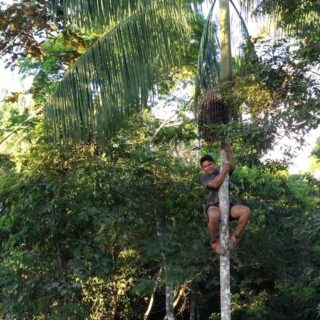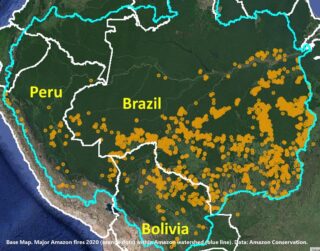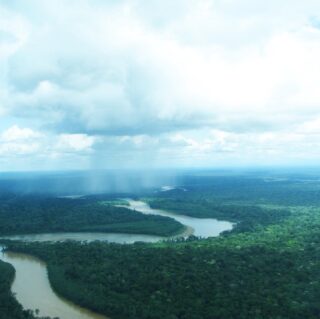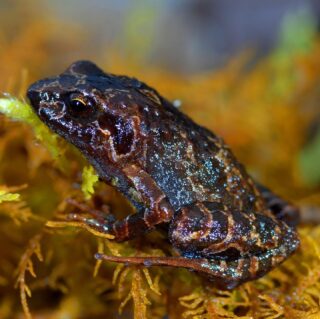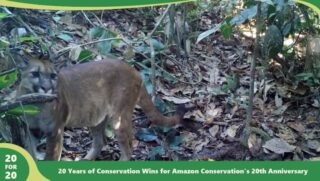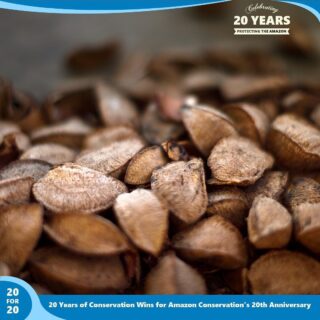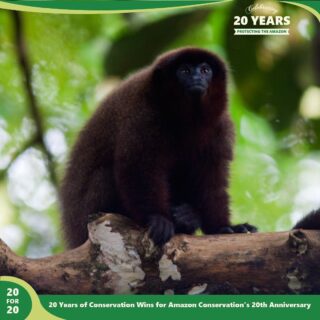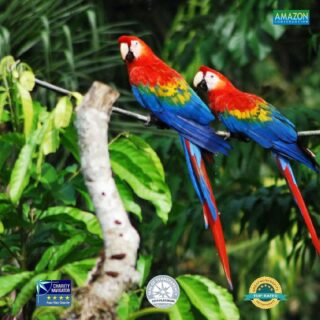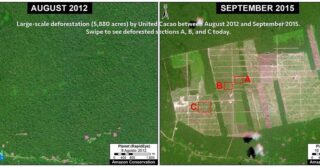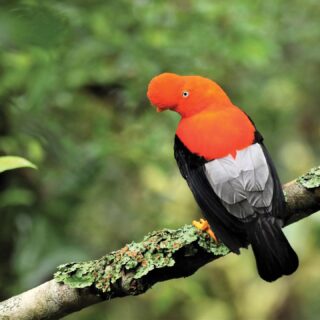MAAP Update: Using AI to Detect Gold Mining Deforestation in the Amazon
May 8, 2025
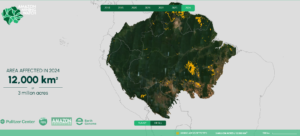 As gold prices continue to increase, small-scale gold mining activity continues to be one of the major deforestation drivers across the Amazon, often targeting remote areas and impacting carbon-rich primary forests. These mining activities are presumed to be illegal based on their location in conservation areas (such as protected areas and Indigenous territories) and outside mining concessions.
As gold prices continue to increase, small-scale gold mining activity continues to be one of the major deforestation drivers across the Amazon, often targeting remote areas and impacting carbon-rich primary forests. These mining activities are presumed to be illegal based on their location in conservation areas (such as protected areas and Indigenous territories) and outside mining concessions.
Given the Amazon’s vastness, it has been challenging to monitor mining deforestation accurately and regularly across all nine countries to better inform related policies in a timely manner. To address this challenge, Amazon Conservation, in partnership with Earth Genome and the Pulitzer Center’s Rainforest Investigations Network, created Amazon Mining Watch: an AI-powered dashboard to address this challenge. This online tool analyzes satellite imagery to estimate annual and cumulative mining deforestation across the entire Amazon, providing actionable data for management and conservation purposes in near real-time at national and regional levels.
In a previous report on the Amazon Mining Watch dashboard, MAAP #212, we presented the initial results of mining activities from 2018 to 2024. Our newest report, MAAP #226, presents an update focused on the newly added 2024 data.
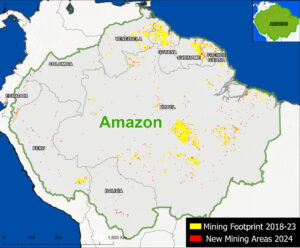 This report highlights several major findings:
This report highlights several major findings:
- Gold mining is actively causing deforestation in all nine countries of the Amazon. This impact is concentrated in three major areas: southeast Brazil, the Guyana Shield, and southern Peru. In addition, mining in Ecuador is escalating.
- The cumulative mining deforestation footprint in 2024 was over 2 million hectares (nearly 5 million acres) and has increased by over 50% in the past six years.
- Over half of all Amazon mining deforestation occurred in Brazil, followed by Guyana, Suriname, Venezuela, and Peru.
- While the cumulative footprint continues to grow, the rate of increase slowed in 2024 after peaking in 2022, likely due to increased enforcement in Brazil. In 2024, we documented the new gold mining deforestation of 111,603 hectares (275,777 acres). This total represents a decrease of 45% relative to the peak year 2022.
- Over one-third of the mining deforestation has occurred within protected areas and Indigenous territories, where much of it is likely illegal. The top nine most impacted protected areas are all in Brazil, led by the Tapajós Environmental Protection Area. The three most impacted Indigenous territories are also in Brazil (Kayapó, Mundurucu, and Yanomami), followed by territories in Venezuela and southern Peru.
- These results have important policy implications, and we discuss examples in Brazil, Peru, and Ecuador.

